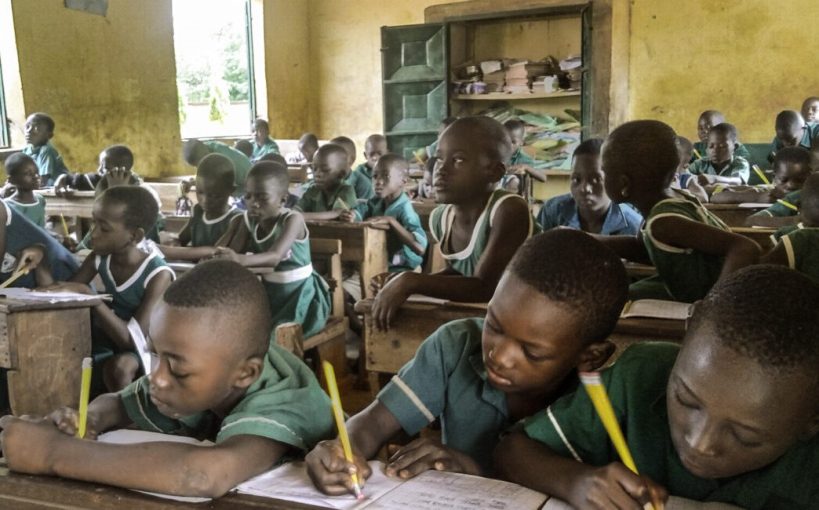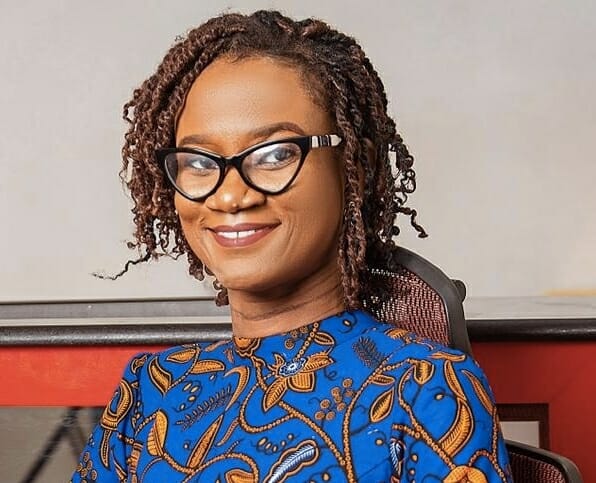Basics to brilliance – connecting the classroom and the boardroom

BY NIGERIAN AUTHOR AMARA CHIDINMA EZEDINIRU
I have always believed that the essence of the classroom, a place where teaching and learning occur, is to benefit society. The classroom serves as a conduit for structured education, refined to improve human existence. It is not the end goal but a vital step toward it.
That goal is the boardroom—a space where decisions that shape lives and nations are made. Skills like critical thinking, creative problem-solving, and effective decision-making are indispensable in such spaces. These are the skills we should carry forward from our years in the classroom, from early learning to advanced education.
Skills are the true markers of an education’s impact, whether formal or informal. Recognising this should inspire both teachers and learners to embrace a broader vision: the interplay between the classroom and the boardroom. Classrooms should mimic boardroom dynamics, fostering real-world skills early in a student’s life. This alignment bridges the gap between education and its practical applications, ensuring that learning consistently supports leadership and innovation.
The connection, however, is not one-way. Those in the boardroom must return to the classroom periodically because knowledge evolves, and staying relevant requires adaptation. Continuous learning is not just a process; it is a mindset—one that empowers decision-makers to remain agile, informed, and impactful. Education is not finite; it is a lifelong journey. The classroom and the boardroom are not rivals but complementary partners—like a container and its content, each relying on the other for value and purpose.
Without a commitment to continuous education, which involves actively applying knowledge to solve environmental and societal challenges, we risk becoming containers of useless knowledge. The classroom, therefore, remains the boardroom’s best ally, equipping leaders with fresh perspectives, sharpened skills, and creative solutions.
This synergy is the foundation of optimisation. When learning is prioritised, growth becomes inevitable. Revisiting the classroom reconnects us with the roots of critical and creative thinking. It reminds us that the classroom does not end with graduation and that the boardroom is not the pinnacle of success. Instead, they form an endless loop of learning and impact—basics leading to brilliance.
As Benjamin Bloom theorised, growth occurs when we embrace higher-order thinking, moving beyond remembering and understanding to applying, analysing, evaluating, and creating. This progression is what drives transformative solutions and fosters a thriving continent.
Africa is a land of immense potential, but to truly optimise it, we must embrace intentionality in our educational systems and leadership practices. Let us connect the brilliance of the boardroom to the foundational lessons of the classroom, ensuring a future built on innovation, collaboration, and growth.
Ka udo dịrị anyị!
———————

A distinguished teacher, an author of award-winning books, a neuro-linguistic programming coach, human resource generalist, business administrator, management consultant and an articulate public speaker, Amara’s background in marketing, education and management makes her outstanding in the delivery of overall business services for optimal productivity. When she is not in the boardroom, she’s in the classroom or in her writing room.

